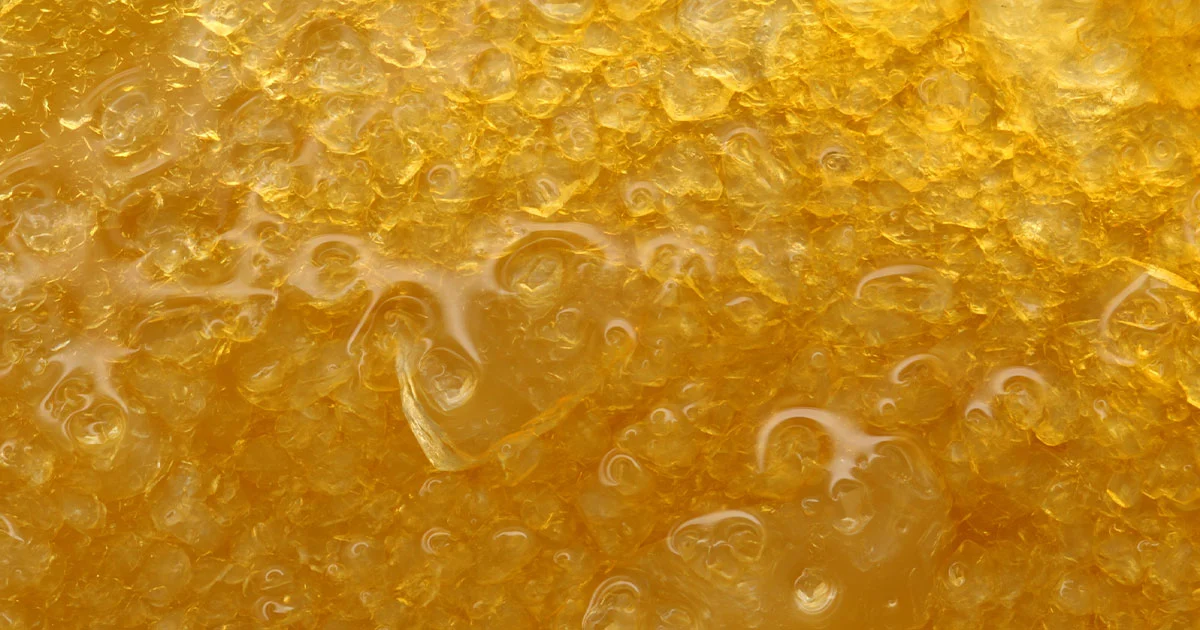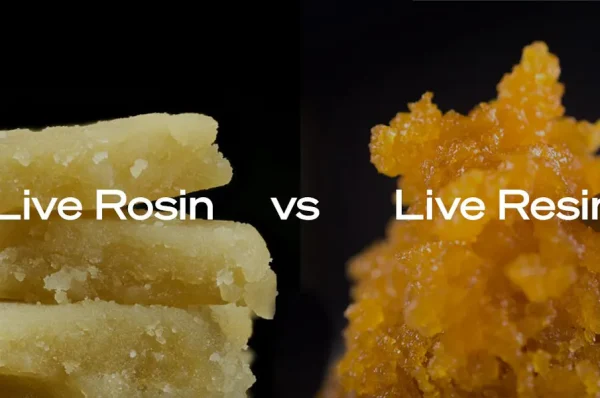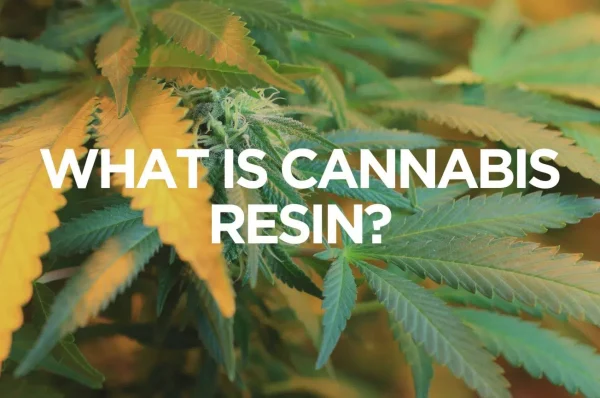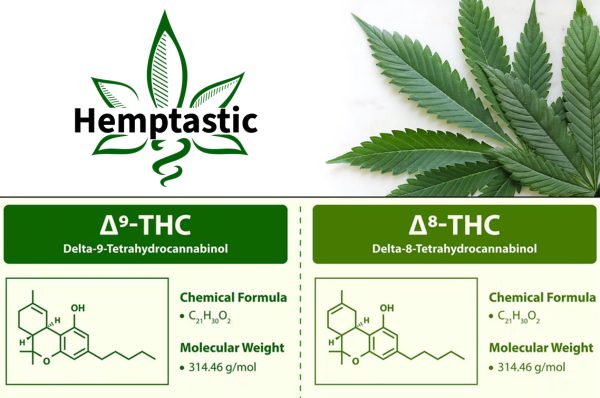In the ever-expanding world of cannabis consumption, one product has risen in popularity for its purity, potency, and ease of extraction: rosin. Unlike other cannabis concentrates that require complex extraction processes involving solvents, rosin is celebrated for its simplicity and solventless method, making it a favorite among both artisanal producers and enthusiasts. In this comprehensive exploration, we delve into what rosin is, its extraction process, the chemistry behind it, how to make rosin, and the various ways it is used and consumed.
What is Rosin?
Rosin is a type of cannabis concentrate that is extracted through a combination of heat and pressure, effectively squeezing the resinous sap from the cannabis flower, hash, or kief. What sets rosin apart is its solventless extraction process, meaning it does not require the use of chemical solvents like butane or ethanol, which are commonly used in the production of other concentrates such as butane hash oil (BHO) or ethanol extracts. This results in a product that is pure, potent, and retains the full spectrum of cannabinoids and terpenes present in the original plant material.
The Extraction Process
The extraction of rosin is both an art and a science, requiring precise control over temperature, pressure, and time. The basic equipment needed includes a rosin press, parchment paper, and the cannabis material (flower, hash, or kief). The process involves placing the cannabis material between two pieces of parchment paper, then applying heat and pressure through the rosin press. The heat liquefies the resin glands, while the pressure forces them out of the plant material, leaving behind a golden, sappy substance—rosin.
The key to producing high-quality rosin lies in finding the optimal balance of heat, pressure, and time. Too much heat can degrade the cannabinoids and terpenes, affecting the flavor and potency of the final product. Conversely, insufficient heat or pressure may result in a lower yield.
The Chemistry of Rosin
At its core, rosin extraction is about preserving the complex array of cannabinoids, terpenes, and flavonoids present in the cannabis plant. Cannabinoids, such as THC and CBD, are responsible for the plant’s psychoactive and medicinal effects. Terpenes, on the other hand, are aromatic compounds that influence the scent and flavor of the cannabis, as well as contribute to its therapeutic properties.
The solventless nature of rosin extraction means that these compounds are not exposed to potentially harmful chemicals, thereby maintaining their integrity and ensuring a cleaner, more natural product. The process also allows for the preservation of the entourage effect, a theory suggesting that cannabis compounds work better together than in isolation.
Making Rosin: A DIY Approach
While commercial rosin presses are available, many enthusiasts opt for a DIY approach, using a hair straightener, parchment paper, and a collection tool. The basic steps involve:
- Preparation: Place a small amount of cannabis flower or hash between a folded piece of parchment paper.
- Heating: Preheat the hair straightener to a low to medium setting (around 250-300°F or 120-150°C).
- Pressing: Place the parchment paper with cannabis in the hair straightener and apply firm pressure for about 5-30 seconds.
- Collection: Carefully remove the cannabis material and collect the squeezed-out rosin using a collection tool.
While this method is accessible and simple, it may not yield results as consistent or efficient as those obtained with a professional rosin press.
Usage and Consumption
Rosin can be consumed in various ways, including dabbing, vaping, smoking, or even as an ingredient in edibles. Dabbing, a method that involves vaporizing the concentrate on a hot surface and inhaling the vapor, is particularly popular for its ability to deliver a potent and immediate effect. Vaping rosin through specially designed vaporizers or pens is another popular method, offering a discreet and convenient way to enjoy the concentrate. Additionally, rosin can be spread on rolling papers or mixed with flower to enhance the potency of smoked cannabis.
Rosin’s versatility also extends to edibles, where it can be infused into butter or oil, serving as a potent and solvent-free alternative to other cannabis extracts. This method allows consumers to enjoy the benefits of cannabis in a form that’s both discreet and devoid of smoke or vapor.
Conclusion
Rosin stands out in the cannabis concentrate landscape for its purity, potency, and simplicity of extraction. Its solventless nature not only makes it a safer choice for consumers but also preserves the rich profile of cannabinoids and terpenes found in the cannabis plant. Whether you’re a seasoned consumer or new to the world of cannabis concentrates, rosin offers a clean, potent, and versatile option worth exploring. As the cannabis industry continues to evolve, the simplicity and purity of rosin are likely to keep it at the forefront of consumer preferences




